Meet Emilio Cueto | Artist/Painter
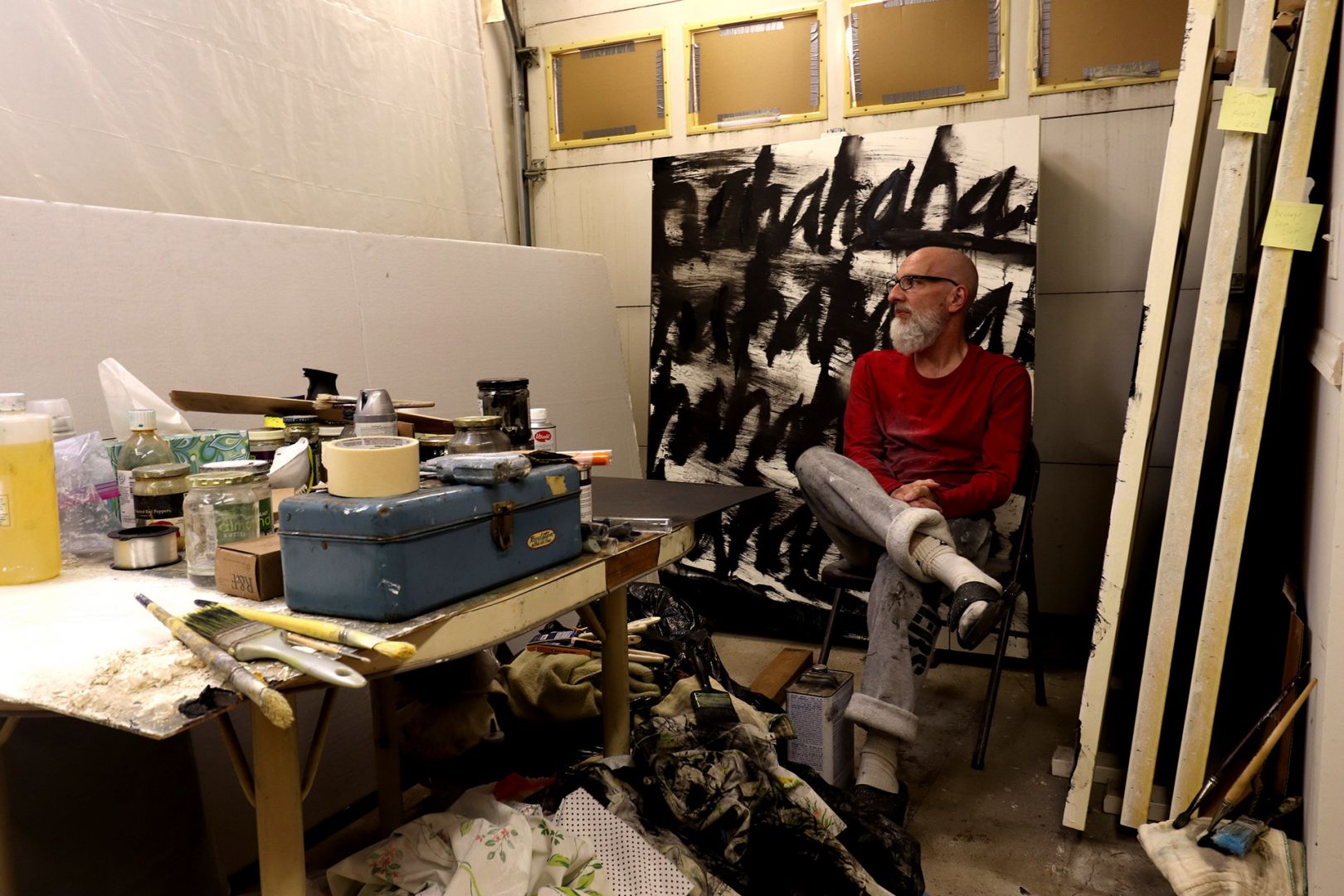
We had the good fortune of connecting with Emilio Cueto and we’ve shared our conversation below.
Hi Emilio, why did you decide to pursue a creative path?
According to my mom, when my sister was born (I was 5 years old), she needed to keep me out of her hair, so she gave me pencils and paper and crayons to keep me busy. So, growing up I was always the class artist. My fourth-grade teacher nominated me for a scholarship to take classes at the art museum in Rochester, New York, where I grew up. I had drawing lessons every Saturday from about the age of 9 until I was 16. At that time, I also started reading comics and I obsessively drew the characters over and over again. Comics were a great anatomy lesson, since the heroes all wore skin-tight outfits, and you could see all their muscles.
My family moved to the LA area near the end of my junior year in high school, and it was somewhat traumatic for me, leaving behind a close-knit group of musician friends and dealing with an enormous amount of culture shock. It was tough making new friends as I went into senior year, so I spent a lot of time drawing, trying to learn to paint, and looking at art books at the library, where I discovered Picasso, and the German Expressionists.
I was going to go to college, but I was tired of tests, exams, term papers, essays and studying things I didn’t care about, and along with my newly-found focus on art, deciding to go to art school was a pretty easy decision. I attended Otis College of Art and Design, where I majored in illustration and also took classes in graphic design and typography.
At Otis, when I wasn’t in class or working on an assignment, I was once again in the library, where I discovered very reductive abstract painting by Kenneth Noland, Mark Rothko, Brice Marden, and others. By senior year, I started taking painting classes in the Fine Arts department, and after graduation, I decided to go to graduate school. I eventually attended The School of Visual Arts in New York City, where I received an MFA in Painting.
I stayed in New York for about a year after graduating from SVA, and returned to Los Angeles. I was able to get into a couple of group shows, and eventually secured representation from Newspace Gallery, where I showed for a dozen years. I had three solo shows there, and I also showed my work in various group shows, including Whiteness, A Wayward Construction, at Laguna Art Museum in 2003. 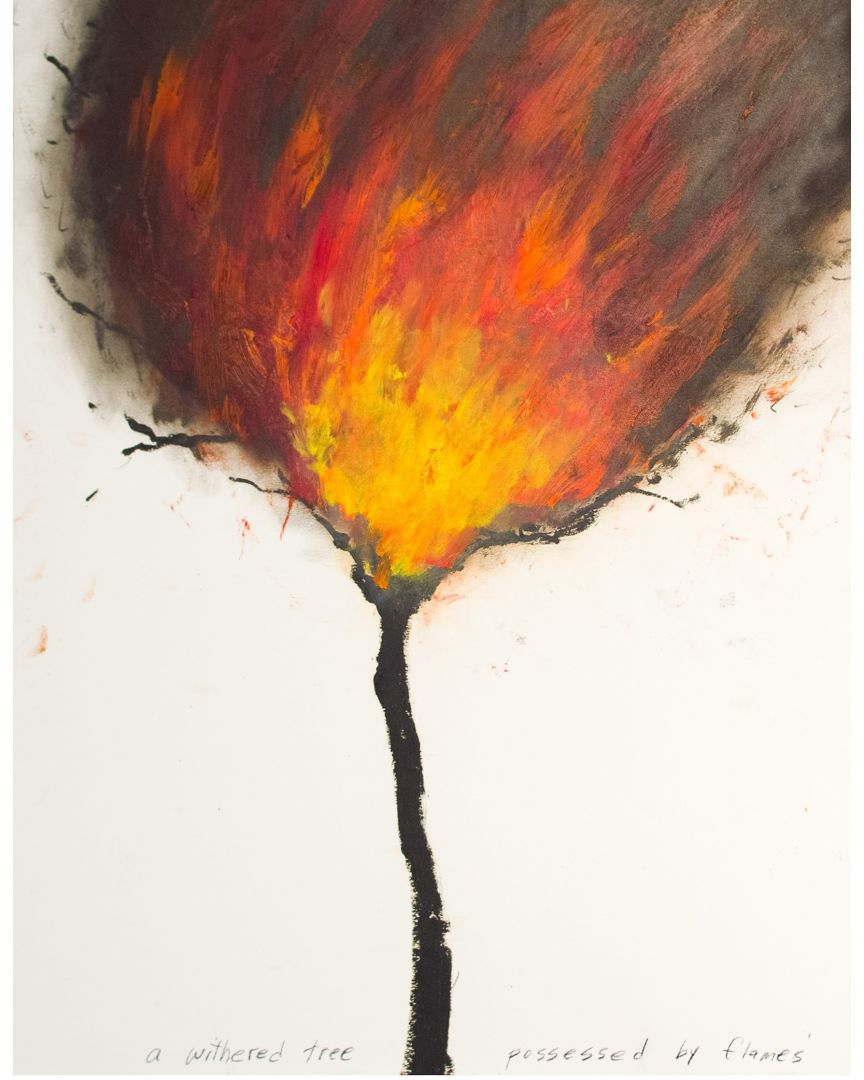

Can you open up a bit about your work and career? We’re big fans and we’d love for our community to learn more about your work.
In March of 2020, as the pandemic began, I started a few different series of paintings.
The first series of pieces I started, the Black Paintings (named after the large black shapes that dominate each work), were certainly informed by the pandemic, although not intentionally. The pandemic seemed to follow me into the studio and made its way through me onto each piece. The first paintings in this series were in black and white, and I eventually started adding color. They seem to be swampy, abstracted landscapes, and it’s my hope that the paintings will be seen as about more than just a temporary crisis, and instead as addressing larger themes of life, death, rot, and rebirth.
The Laughter Paintings grew out of a small work on paper that I made in 1997, inspired by Joseph Heller’s novel Catch-22, a dark comic satire set during World War II. I read the book after I’d returned to California after three years in New York, and it instantly made complete sense to me. While also reflective of the time in which they were made, I again hope that the paintings will also be seen as a reaction to the ridiculousness of human existence in the many thousands of years before Covid, and, unfortunately, in the years since.
In the Blackout pieces on paper, the passages of text come from a blackout poetry project I began some time before the lockdown and finished soon after it began. Blackout poetry involves selecting particular words from a page of text to form new phrases, poems, or texts, as if the new text is buried in the page just waiting to be unearthed. I performed this process on every page of the book Night by Elie Wiesel, and then chose phrases that resonated with me and with the events of 2020.
I’m continuing to work on the Black and Laughter paintings and may make some more Blackout pieces in the future. I’ve also started working on paintings of the word NO, inspired by the Camus quote, “With rebellion, awareness is born.”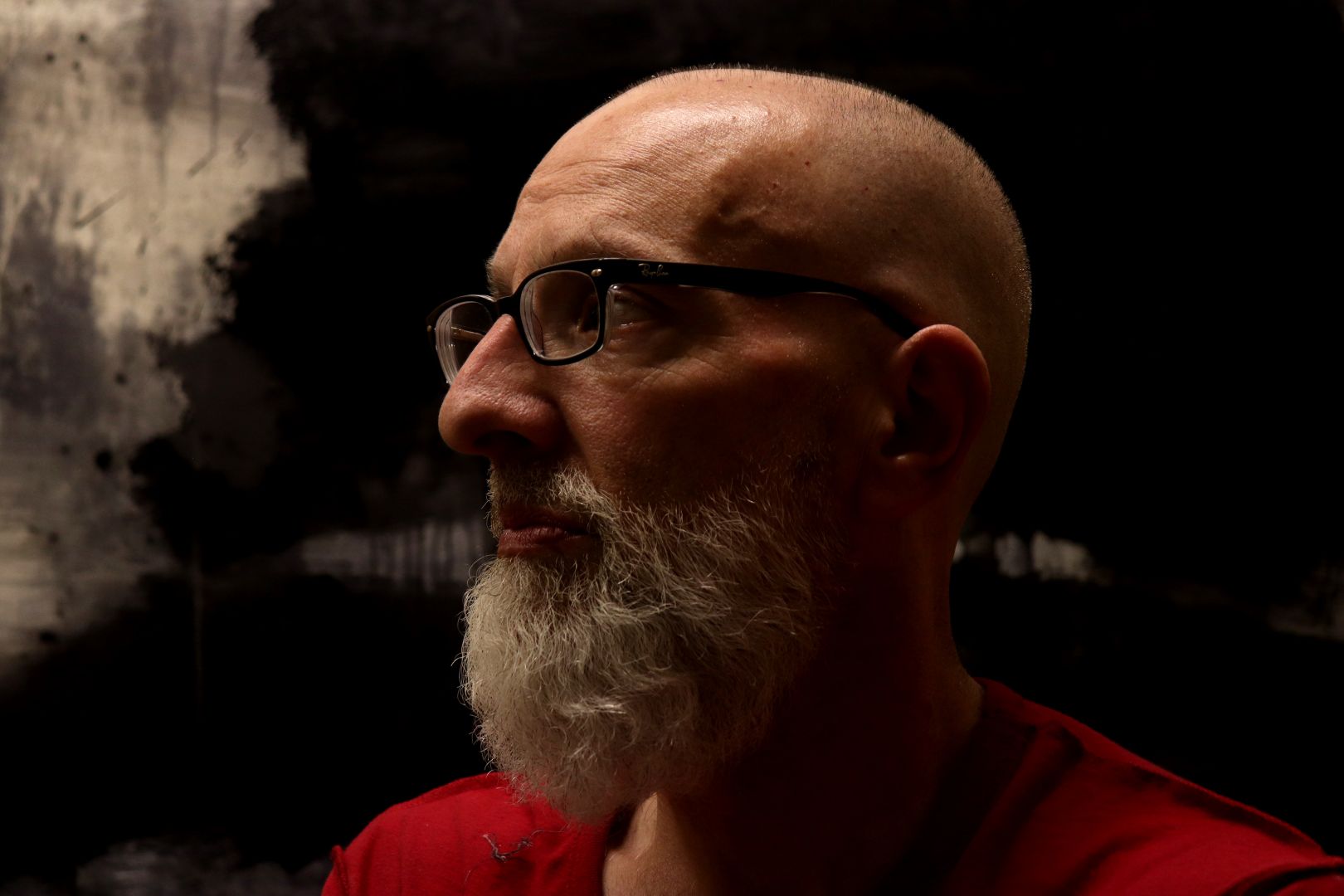

Any places to eat or things to do that you can share with our readers? If they have a friend visiting town, what are some spots they could take them to?
For my friends interested in contemporary art, our first stop would be the Broad, and then we’d cross the street to MOCA, where we could bask in what is probably the single most beautiful space in Los Angeles, a roomful of Mark Rothko paintings. For an equally sublime experience, we could go stare at Claude Monet’s painting The Portal of Rouen Cathedral in the Morning Light, at the Getty.
If my friends have never been to LA, the views from the Griffith Observatory are incredible, and we’d also take a trip along the boardwalk between Venice Beach and Santa Monica.
I’d also take my friends to Smorgasburg, “the largest open air food market in the country”, in downtown LA (every Sunday from 10 am to 4 pm), where we could choose from a variety of cuisines, from BBQ to vegan Cuban and everything in between. If my friends are open to plant-based food, we also love Gracias Madre in West Hollywood.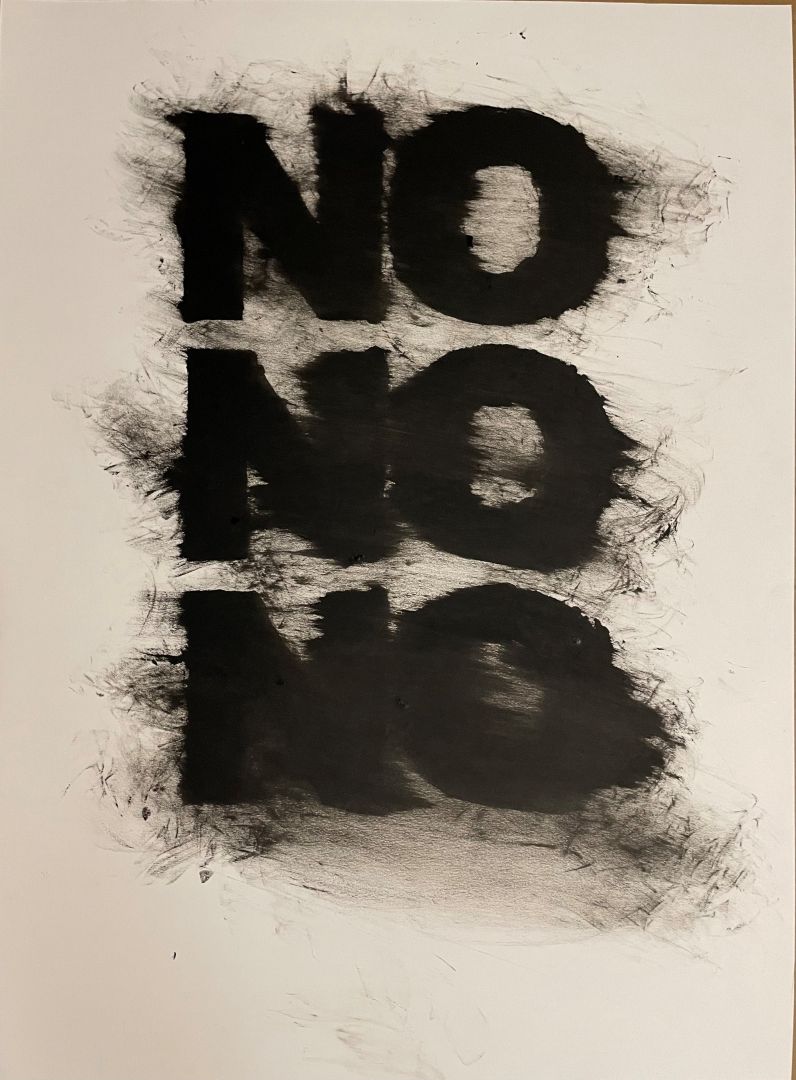
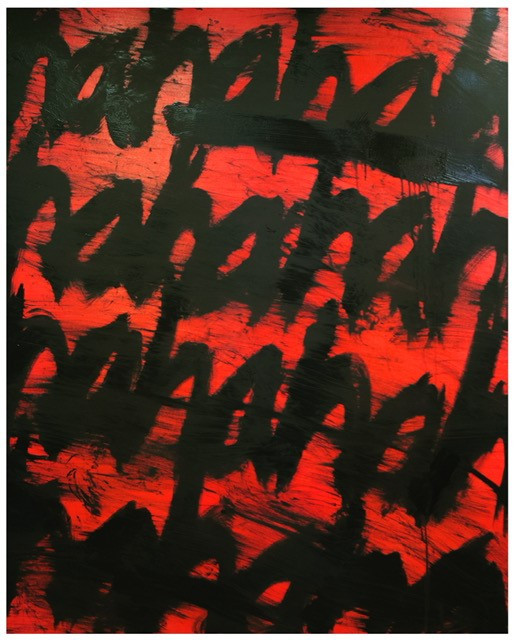
The Shoutout series is all about recognizing that our success and where we are in life is at least somewhat thanks to the efforts, support, mentorship, love and encouragement of others. So is there someone that you want to dedicate your shoutout to?
My single greatest artistic inspiration came from a great artist, Lawrence Carroll, who unfortunately passed away in 2019. I met Larry when he was one of my illustration instructors at Otis my sophomore year. His talent, passion, and charisma blew me away, and I knew instantly that this was the person I’d been looking for to teach me how to paint. Along the way, he also became a great friend and mentor. When I moved to New York to attend graduate school, he hired me as a studio assistant, and I spent a few hours every week helping to construct his boxy paintings. After graduation, I worked for him full time for about a year, and being along for the ride as his success in the art world grew was an invaluable part of my education. He was the single most talented person I’ve ever met, and one of the funniest, and his commitment to art, painting, and poetry continue to inspire me. I miss him very much.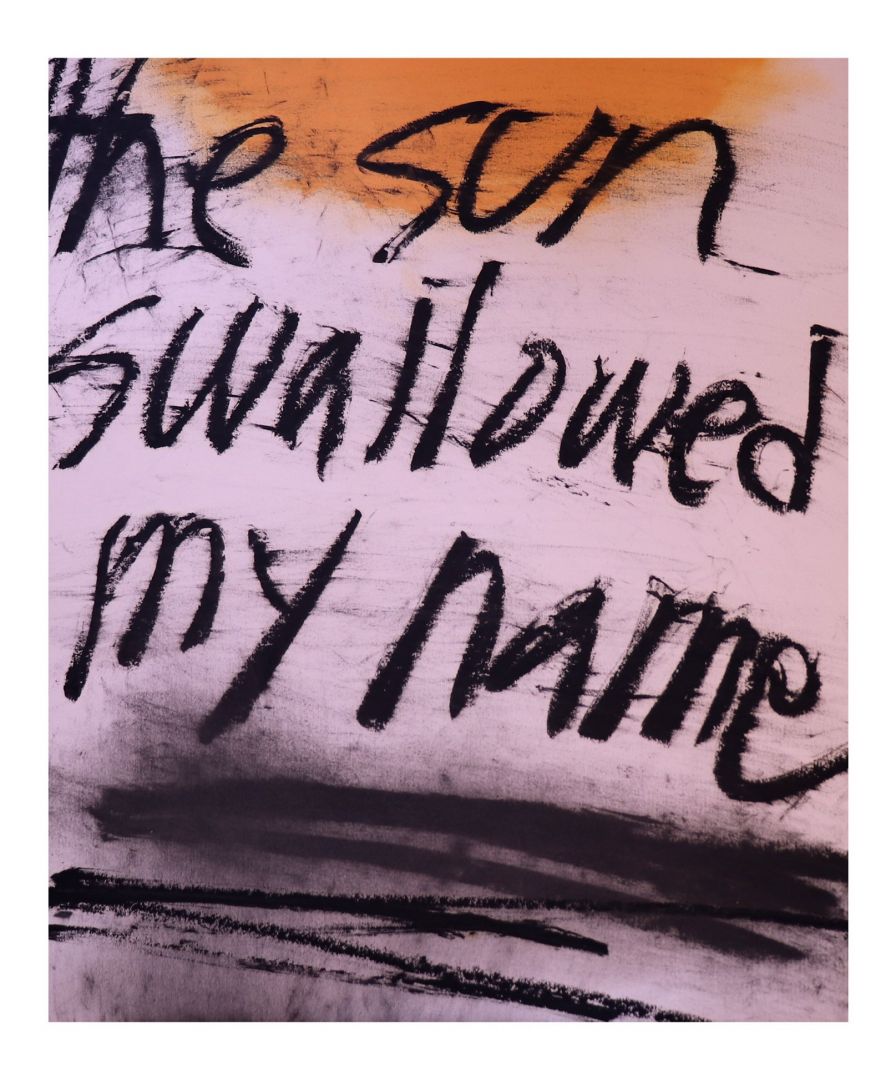
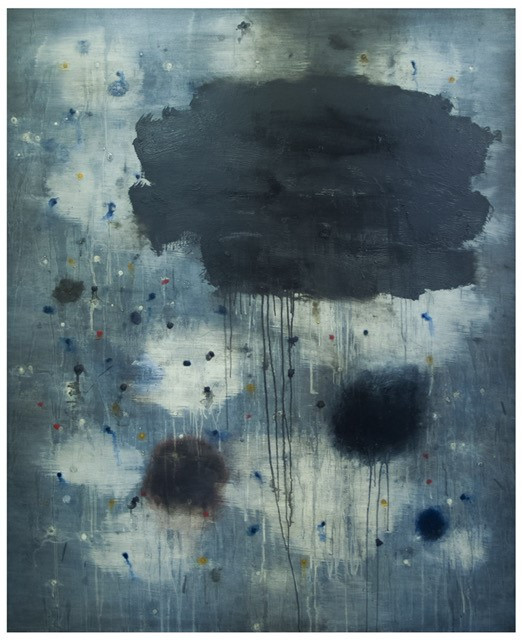
Website: www.emiliocueto.net
Instagram: @emiliocueto720
Image Credits
Michael Cueto
